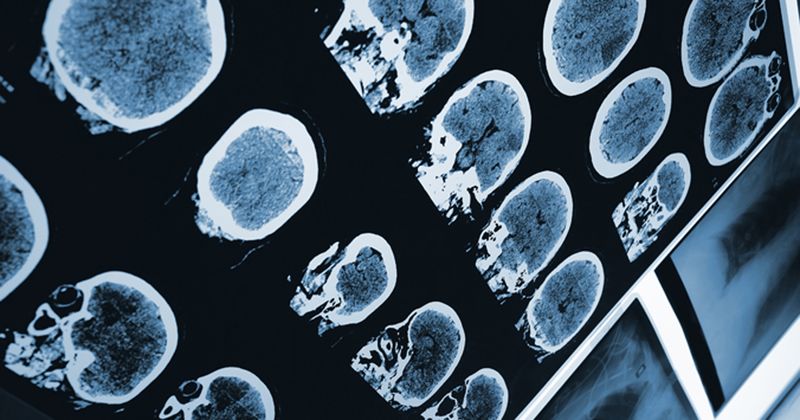Differences in neurodevelopmental maturation indicate higher risk for bipolar disorder
Differences in neurodevelopmental maturation of structural brain networks leave certain adolescents at high genetic risk for bipolar disorder, according to an Australian study published in the American Journal of Psychiatry.
“Recent structural and functional imaging studies of bipolar disorder have revealed connectivity disturbances centered on key emotional and cognitive hubs,” Gloria Roberts, PhD, of the school of psychiatry at the University of New South Wales, and colleagues wrote. “Such disconnections produce a loss of integration between emotional circuitry and cognitive control networks.”

Roberts and colleagues sought to understand trajectories of structural disconnections of key brain networks during the peak age range for onset of bipolar disorder, for greater understanding behind the mechanisms of illness onset or resilience.
The study included 183 individuals aged 12 to 30 years, who were separated into two groups — unaffected individuals with a first-degree relative with bipolar disorder (n = 97) and control individuals with no family history of mental illness (n = 86).
Diffusion-weighted MRI and phenotypic data for both groups were examined at baseline and at a 2-year follow-up. Whole-brain structural networks were derived using tractography, and longitudinal changes in these networks were studied using network-based statistics and mixed linear models.
Researchers found that both cohorts displayed widespread longitudinal changes, featuring both increases and decreases in structural connectivity. However, members of the high-risk group showed connective weakness in a network within the left inferior and middle frontal areas, left striatal and thalamic structures, the left fusiform and right parietal and occipital regions.
Connections within the above strengthened in the control group, but weakened in the high-risk group, indicating correlation with future incidence of bipolar disorder. Data also revealed insignificant evidence for greater network weakening in participants who suffered an initial manic or hypomanic episode prior to follow-up.
“These results provide novel insights into the longitudinal dynamics of structural connectivity in individuals who are at high risk of bipolar disorder and an intriguing preview of personalized outcome prediction in this relatively common clinical scenario,” Roberts and colleagues wrote.
